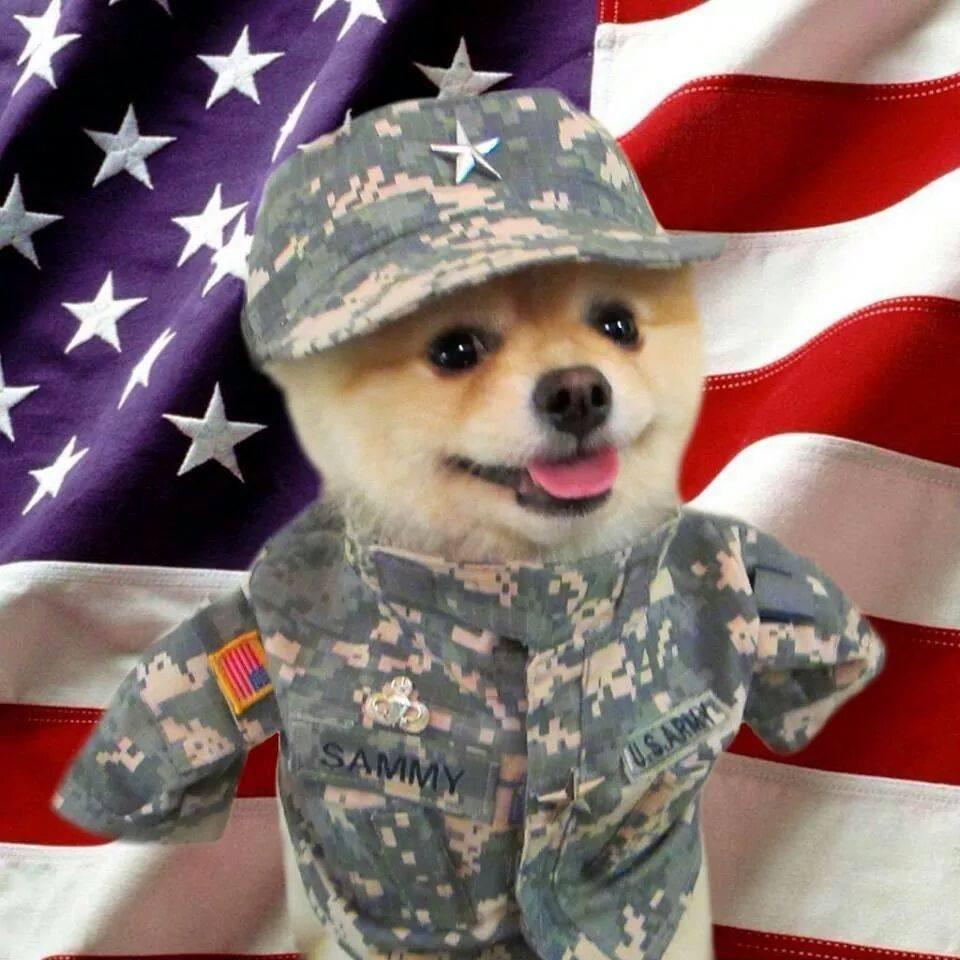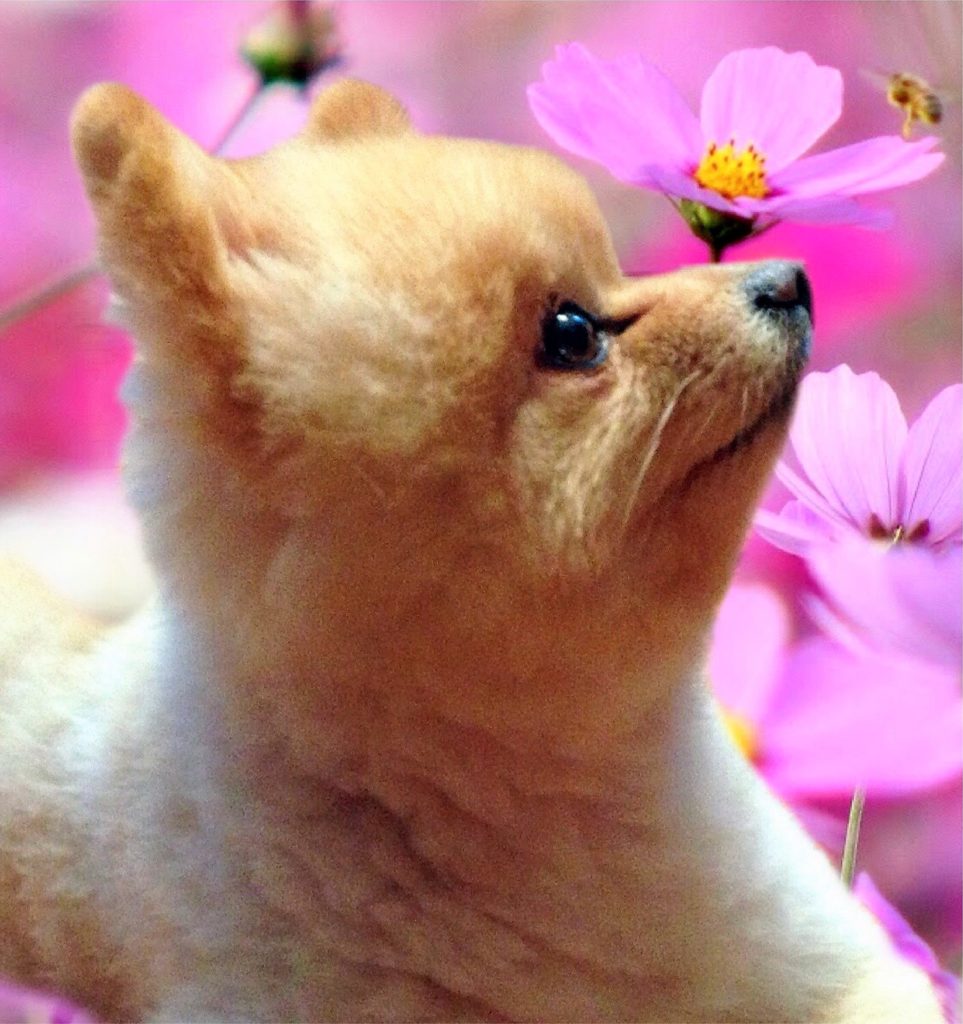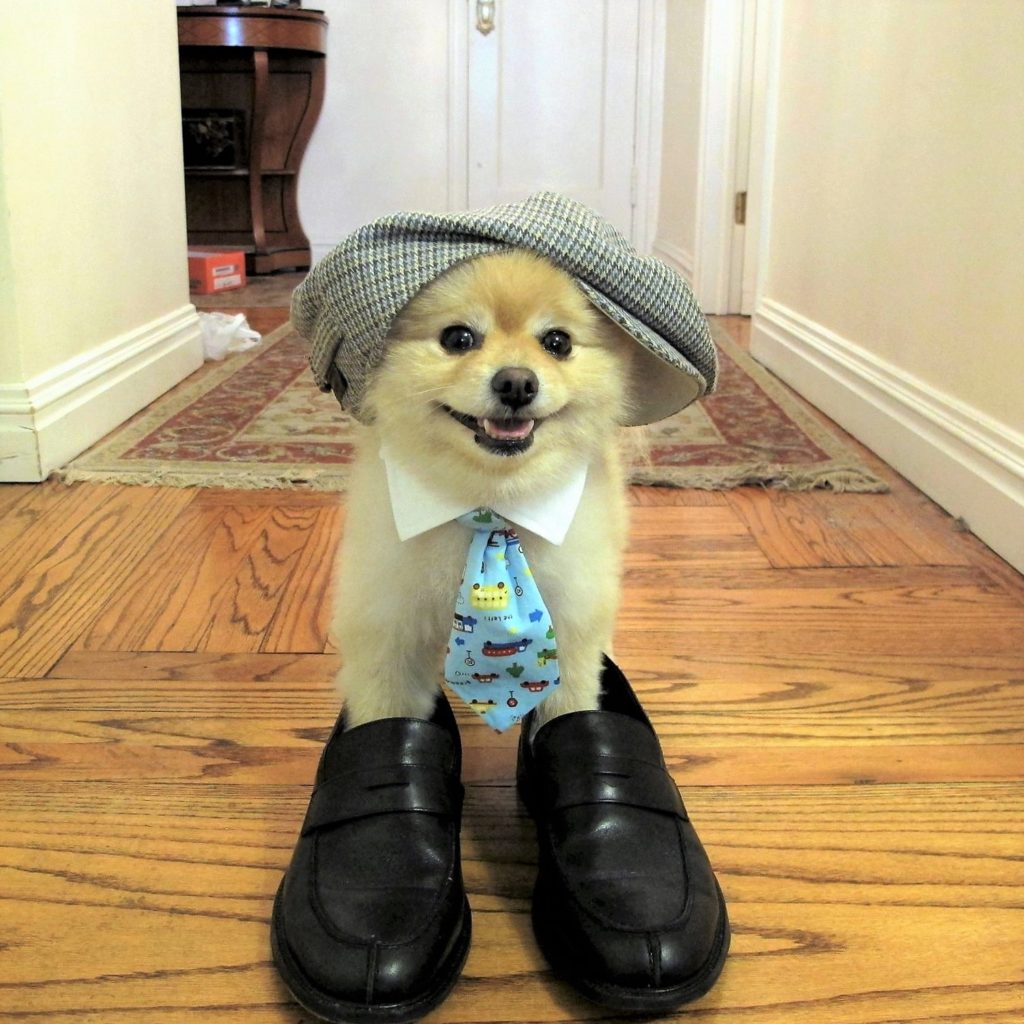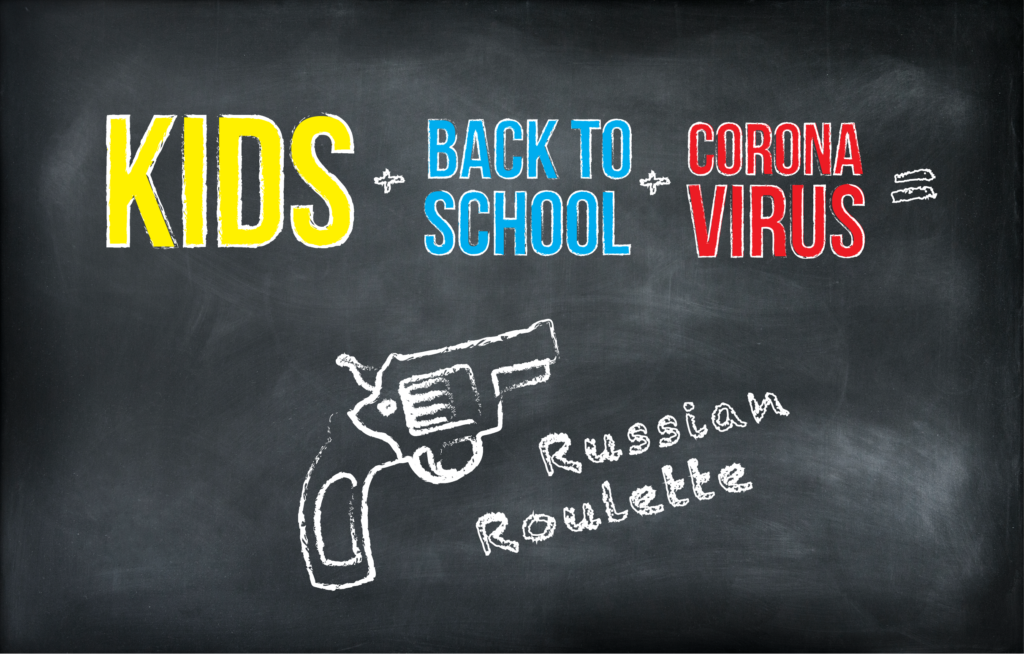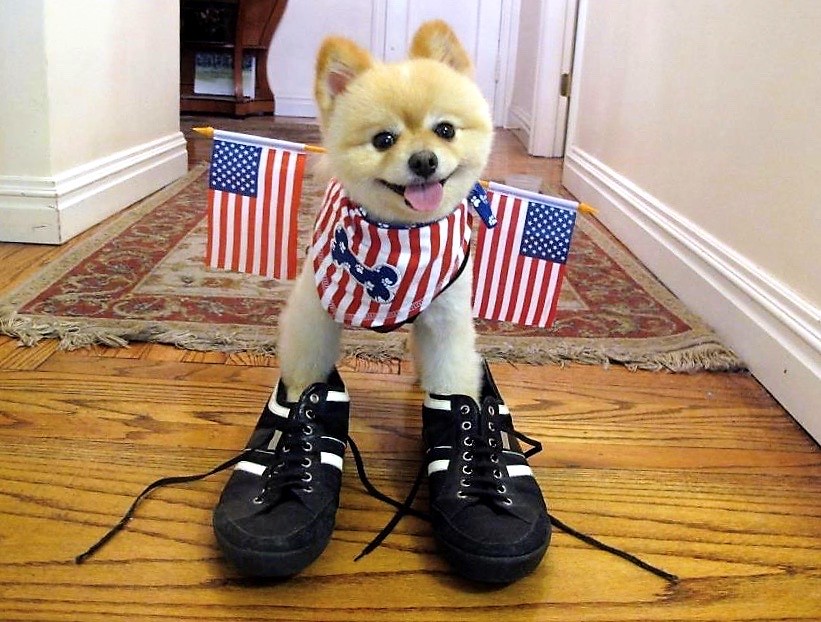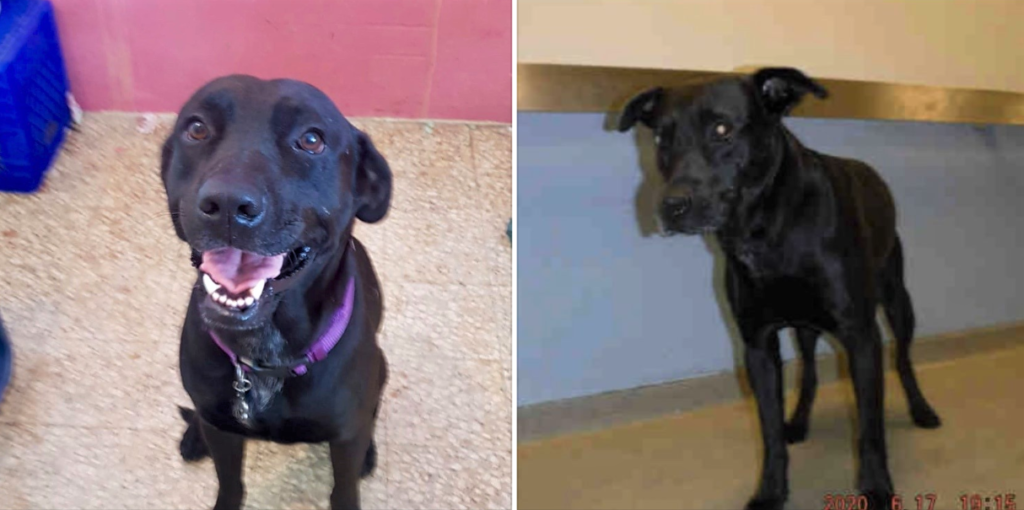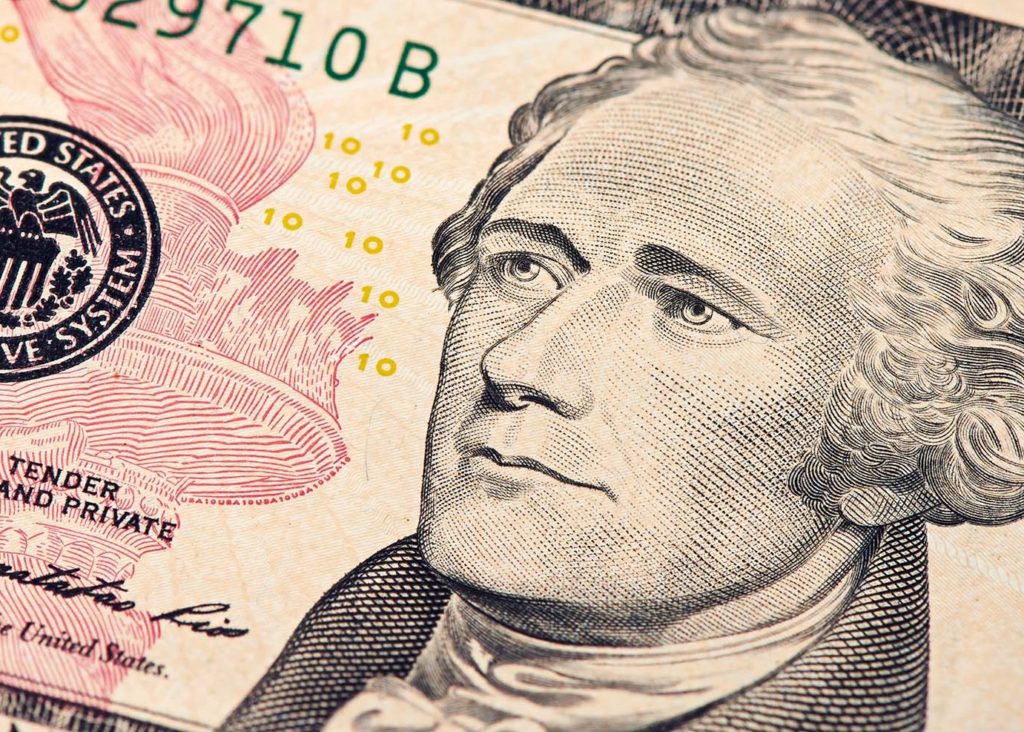
It’s time to wipe out all of student debt. DriveWithCompassion is a big believer in the 2% wealth tax. It’s time to Everybody wins here, including the rich.
Remember, the first $50 Million is free and clear from any wealth tax.
Let’s say your worth $100 Million: The first $50 Million won’t get taxed at all. The second $50 Million will be taxed 2%. That equals $1 Million. – So you’re still worth $99 Million. What’s the problem?
Let’s say your worth $150 Million: The first $50 Million won’t be taxed at all. You will be taxed 2% on $100 Million. That equals $2 Million. So you’re still worth $148 Million. What’s the problem?
Let’s say you’re worth $200 Million: The first $50 Million will not be taxed at all. You will be taxed 2% on $150 Million. That equals $3 Million. So, you’re still worth $197 Million. What’s the problem?
Think about those numbers. The rich stay extremely rich. But, the wealth tax can give everyone the opportunity to go to college for free. It also can wipe out current student debt.
Guess what happens when young professionals are not drowning in student debt? – They can buy cars, rent apartments and have more disposable income to buy things.
Guess what that’s good for? The ECONOMY. That’s called a Win. Win.
